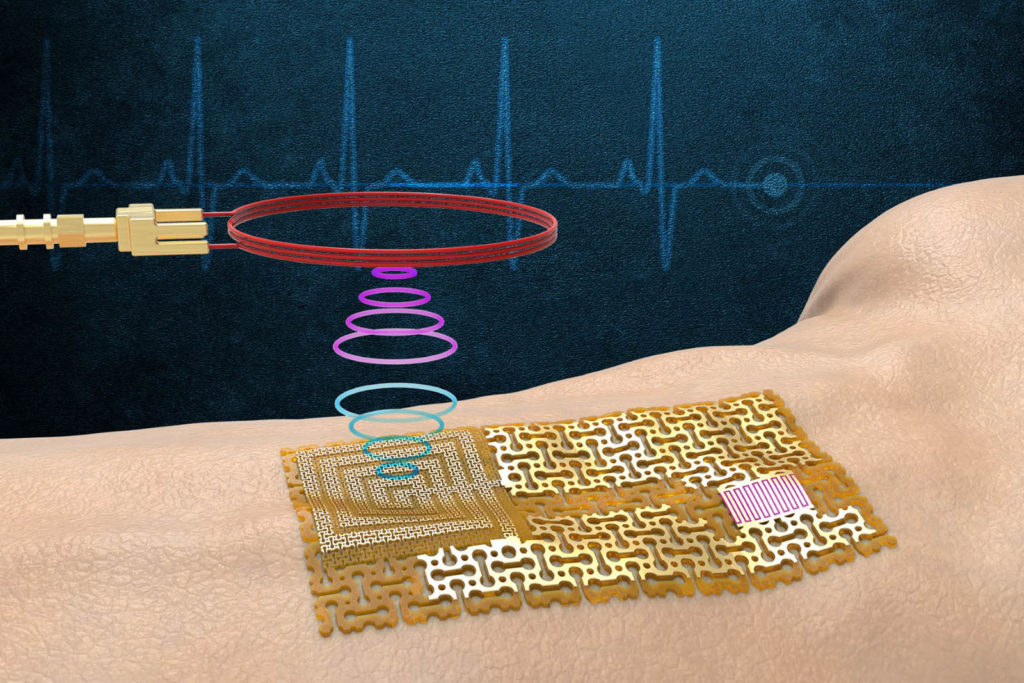Global markets have been unsettled, at least, with fears of recession following steep inflation that needed monetary intervention for correction. Meanwhile, governments are proposing fiduciary interventions for growing the economy. Support in terms of R & D tax incentives and investments to support science and technology (S & T) development are measures taken by some governments. The United States has also planned investments in manufacturing, with chip manufacturing and infrastructure among them.

Is R & D an attractive and useful strategy in times of economic difficulties? This is a pertinent question with complex answers. Recent research by Northwestern University’s Filippo Mezzanotti and his team show that economic stress has both positive and negative influences on innovation.
In the case of the Great Depression of the 1930s, they observed that patenting data indicated that while it has negative impact on independent entrepreneurship, innovation gets reorganized to bigger entities. Multinational corporations and other larger companies, which do not have liquidity problems, invest in R & D activities as a way of diversifying and enhancing their product offerings. Similarly, the pandemic and the subsequent inflation crisis have created a necessity among manufacturing and commodity products sectors to look for investments in R & D.
Types of research
In general, research can be classified as basic, applied, translational and/or end-user survey/analysis. All these attract funding from governments, industry and foundations. From the point of commercialization, applied and translational research endeavors are closer to market than “blue-sky” projects (ones without apparent immediate application), and are more likely receive patronage from industries.
For example, Cary, N.C. -based Cotton Inc. supports projects in applied aspects related to cotton. Quality evaluation improvements; permanent press fabrics; new and alternate uses for cotton, such as oil absorbent nonwovens; and finding value-added applications for waste cotton are some of the applied projects that have led to commercial successes.
In terms of agronomical improvements, pest resistance has been achieved through biotechnology, which has resulted in yield improvements in cotton. While this technological development has been successful in the U.S. and Australia, productivity improvements need attention in India and cotton-producing African nations. Such R & D projects need the support of corporations and governments alike, particularly in emerging markets.
Planning ahead
Given the current economic challenges, businesses could find it beneficial to include resource allocation for R & D in long-term planning. While disruptive innovation may lead to the creation of opportunities—including those unforeseen—and new products, demand-specific incremental developments are also welcome.
This became evident during the height of the pandemic. While Filtering Facepiece Respirators such as N95s, were manufactured by a few established multinational companies, many SMEs that were nimble and creative utilized existing resources and explored collaborative opportunities to make other PPE products such as coveralls and hospital garments.
Universities such as North Carolina State University, Georgia Institute of Technology, Texas Tech University and others have played their part in developing many PPE items in collaboration with industry participants. The ongoing risk of COVID-19 has spotlighted realities in terms of the need for industry and government funding for applied research projects. Federal agencies, such as the National Science Foundation (NSF) and the National Institutes of Health (NIH) should now think of supporting mission-linked research as a way of strengthening the R & D sector and enhancing national manufacturing activities and security.
Recent data from NSF’s National Science Board indicates that slightly over half a trillion dollars is spent on R & D by industry, generally. Among them, the chemical sector is ranked number one in R & D spending, followed by pharmaceuticals. Transportation, aerospace and machinery sectors also invest in R & D—and all of these sectors can provide opportunities for advanced textiles.
Combined effort
Collaboration with government laboratories such as the National Institute for Occupational Safety and Health (NIOSH), Naval Research and Airforce Research laboratories, and research-intensive universities is an important step forward for large- and small-scale sectors. Such interactions will help to plan, analyze weak links and allocate resources.
“It is clear that the research and innovation conducted at universities has a beneficial impact on the economy. The Bayh Dole Act of 1980 was the landmark legislation promoting commercialization of U.S. university technologies,” says Cameron Smith, Texas Tech University System’s commercialization director.
Challenging economic situations call for planned actions as well as course corrections. It is time for national governments and industries to look for win-win investments. “Now, when we are having economic problems, we should re-group and plan ahead,” says Velmurugan Shanmugam, general manager of Aruppukkotai, India-based Jayalakshmi Textiles. Given the high volatility in raw material prices and the slump in demand for commodity products, the need to become more involved in R & D has risen.
“In India, cotton mills are losing 30-40 Rs/Kg for yarns they sell. So, it has heightened the awareness for innovation 360 degrees,” Shanmugam says. “The textile industry should pay more attention to advanced textiles, develop sustainable products and enhance its marketing capabilities.”
Adding to this point, Cameron Smith says, “Especially in times of economic downturn, universities and their innovations are the lifeblood for positive economic impact. Even when industry is forced to cut back on their own research, research is still conducted and technologies are created as a result of the research activity at universities, continuing to have economic impact and creating job opportunities around inventions and innovations.”
R & D is needed to enhance productivity, promote the use of more sustainable energy sources, save energy costs and to develop new products. There is some positivity amidst economic stress and ongoing pandemic: the realization of the importance of R & D.
Dr. Seshadri Ramkumar is a professor at Texas Tech University and has been a frequent contributor to Textile Technology Source.
 TEXTILES.ORG
TEXTILES.ORG


